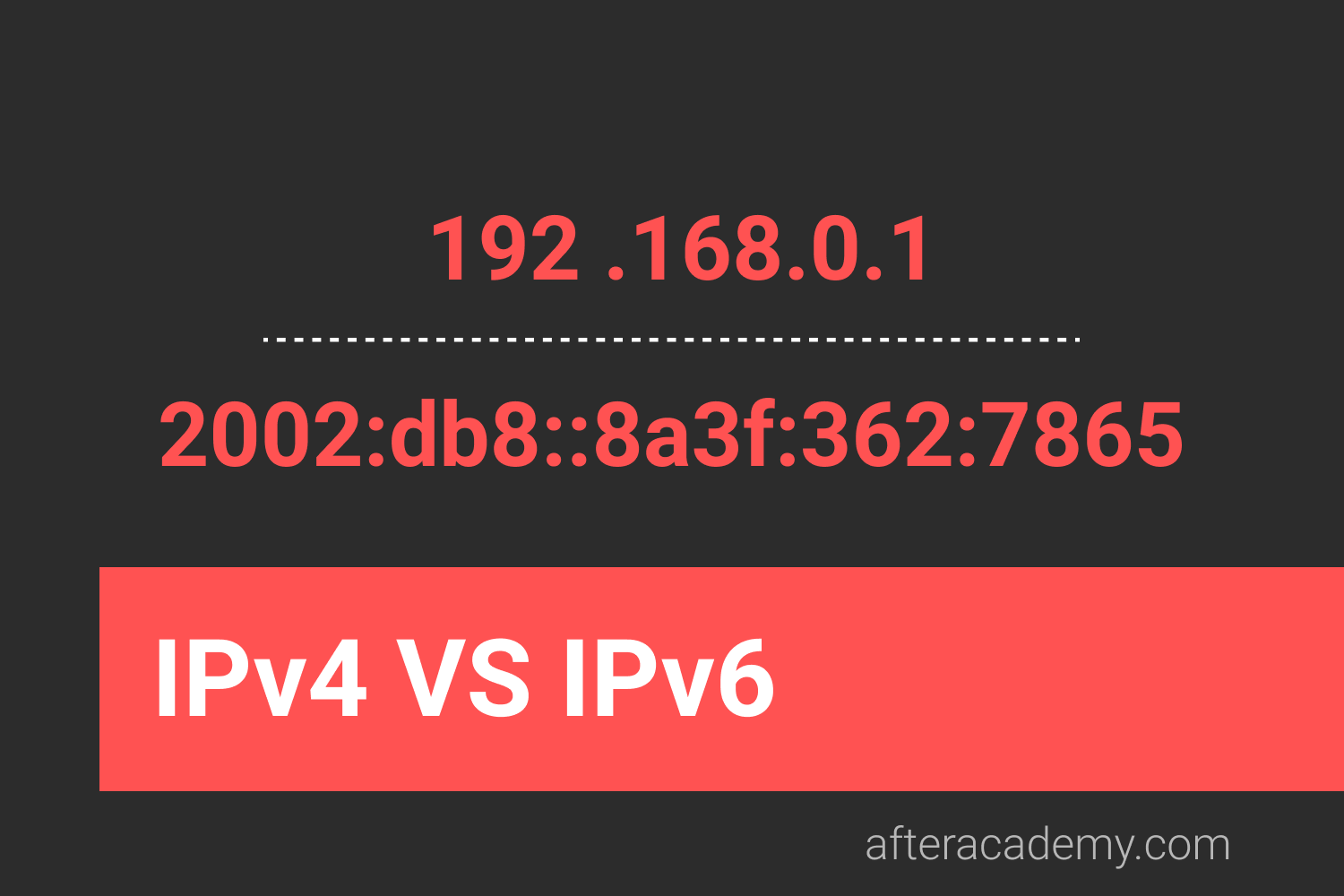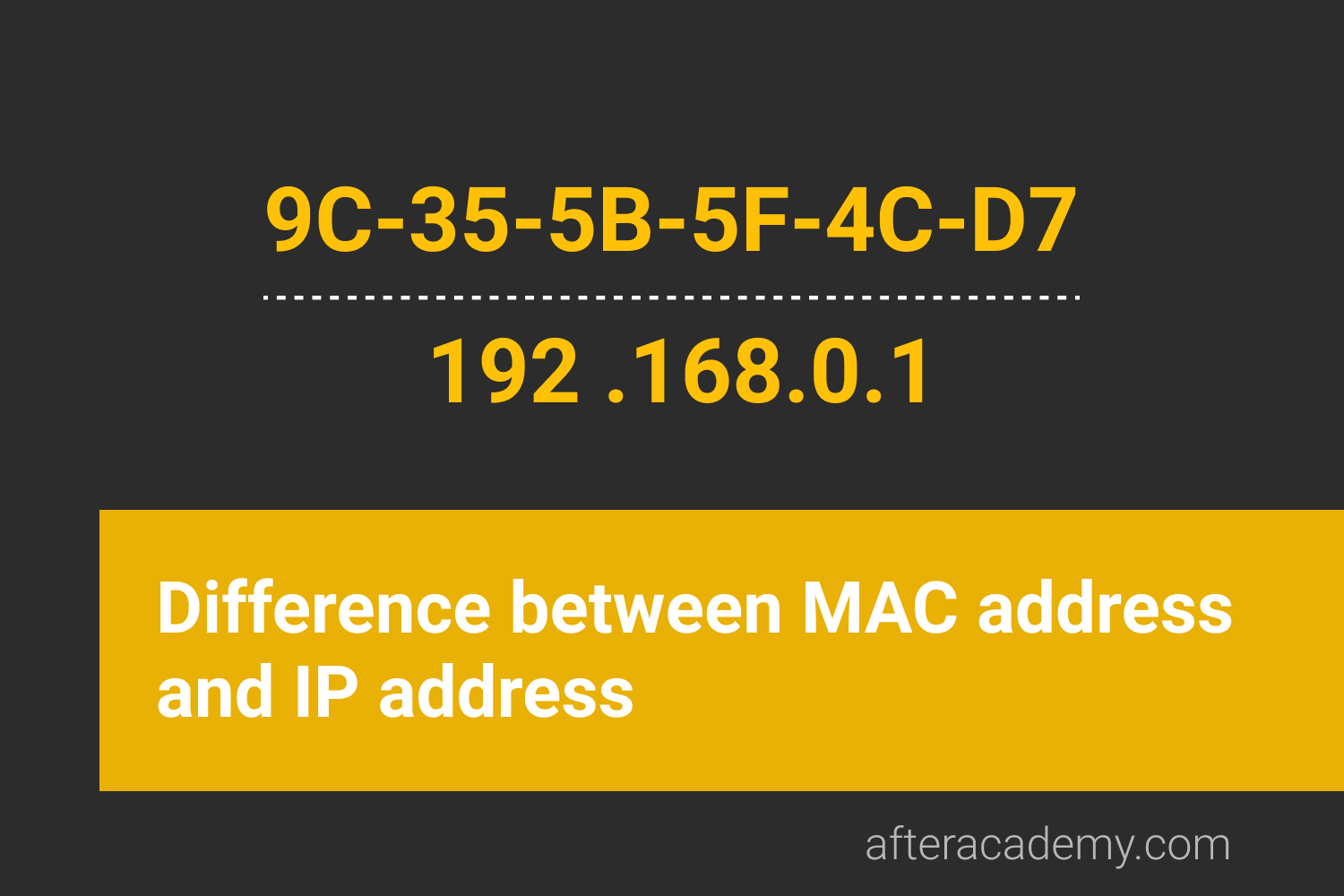Which model is better, OSI or TCP/IP?

Whenever we implement a network and try to connect and communicate different devices over the network. We use either the OSI or the TCP/IP reference model. But a question always arises in our mind, that which model is better for specification, implementation, connection, communication, etc.
It has rightly been said that each coin has two faces. Likewise, we can not say that one model is the best and the other is the worst. Both of them have some advantages and disadvantages as well. One model can work fine for one case and worst for the other. So in this blog, we'll take some major points which are essential in a network connection and communication, and then evaluate which model is better for which case.
First, we will see the various similarities between the OSI and TCP/IP models. The similarities between them are as follows:
- Reference Model: Both the OSI as well as the TCP/IP are reference models. This means that we can take a reference or help from the specification of these two models during implementing the network.
- Layered Architecture: Both the OSI and TCP/IP model have a layered architecture. Each layer provides different functionalities in the network. The OSI model has generally 7 layers, while the TCP/IP has 5 layers.
- Protocols: Both the OSI as well as the TCP/IP model makes use of different protocols in different layers for the proper implementation of the model over the network.
- Functionalities: The layers of the OSI and the TCP/IP model provides approximately the same functionality. The Application layer of the TCP/IP model acts as the upper three layers(Application, Presentation, and Session layer) of the OSI model, while the Internet layer in the TCP/IP model acts as the Network layer of the OSI model. Rest of the layers in both the models works the same.
Now, we will see which model is better in which case, and we'll also see the dissimilarities between the models.
Following are the dissimilarities between the OSI and the TCP/IP model:
- Evolution: The OSI model evolved as a logical and conceptual model. It was documented first and the functionalities of each layer are specified. Afterwards, the protocols for each layer are identified. On the other hand, the TCP/IP model is implemented first with the specified protocols and then it is documented. Hence, the OSI model evolved as a theoretical model, while the TCP/IP as a practical model. So, if someone just needs the theoretical aspects of the model, they should go with the OSI model. But if someone wants to practically implement the model, they should go with the TCP/IP model.
- Objective: The objective of the OSI model is to come up with a generic standard model for specifying the connection procedures, layered architecture, services, interfaces, and protocols. On the other hand, the TCP/IP model aims to provide a reliable and end-to-end transmission model. So, if someone needs a generic and standard model, they should go for the OSI model. But if someone needs reliability and security over the network, they should go for the TCP/IP model.
- Area Focused: The OSI model is a generic model, and hence universal in nature. It can be used accordingly in different types of networks as per the specifications. On the other hand, the TCP/IP model is dependent on protocols and is compatible with the current Internet architecture. Thus, the TCP/IP model is able to solve only a specific set of problems. So, if someone needs a universal model that can be applied to different networks, they should choose the OSI model. But if they have to perform some network functionalities on the Internet, they should choose the TCP/IP reference model.
- Documentation: The OSI model is documented properly. The three major concepts, i.e., services, interfaces, and protocols are clearly specified in this model. On the other hand, the TCP/IP model is not properly documented. The specifications and functionalities of each layer are not so clear in the TC/IP model. So, if someone needs proper documentation and guidance during implementing the network, they should refer to the OSI model.
- Set-up and Configuration: The OSI model is easy and standardized to set-up and configure, as it is a generic model. On the other hand, the TCP/IP model is complex to set-up and configure, as it is compatible with only specific domains of networks. So, the OSI model is better if we consider the network set-up and configuration functionality.
- Modularity: Both models are modular in nature. But the OSI model has more layers(7) as compared to the TCP/IP model(5 layers). Hence, the OSI model is more modular then the TCP/IP model, and the functionalities of each module are clearly specified in the OSI model. So, if someone is focusing on a more modular network with proper functionalities, they should go for the TCP/IP model.
- Replacing Protocols: The OSI model is a protocol-independent model. We can implement our own protocols as per our needs. On the other hand, the TCP/IP model is protocol dependent. It defines a specific set of protocols for implementing the model. It is very complex to make any changes or replace some protocols in the TCP/IP model. So, if someone just needs the specified set of protocols, they should go with the TCP/IP model, else the OSI model is better for implementing our own protocols.
- Data Delivery: Data delivery is the functionality of the Transport layer in both models. In the OSI model, the transport layer facilitates the connection-oriented transfer and hence it guarantees the delivery of packets. On the other hand, in the TCP/IP model, the transport layer facilitates both connection-oriented as well as connectionless transfer, and hence it does not guarantees the delivery of data packets. So, we can use the OSI model if we want to guarantee the proper data delivery over the network.
- Reliable and Secure Connection: The OSI model does not have any special mechanism for providing a reliable and secure connection for data transmission. On the other hand, the TCP/IP model has a 3-way handshake mechanism for providing a reliable and secure connection link oner the network. So, we can opt for the TCP/IP model is we want a reliable and secure network connection.
Thus, we can conclude that both models have their own advantages and disadvantages. If someone is focusing on the proper documentation, specification, and modularization, they should prefer the OSI model over the TCP/IP model. But if someone is focusing more on the implementation, reliability, and security of the network, they should prefer the TCP/IP model over the OSI model.
This is all about the similarities and dissimilarities between the OSI and the TCP/IP model, and where to use which model. Hope you learned something new today. That's it for this blog.
Do share this blog with your friends to spread the knowledge. Visit our YouTube channel for more content. You can read more blogs from here .
Keep Learning :)
Team AfterAcademy!





